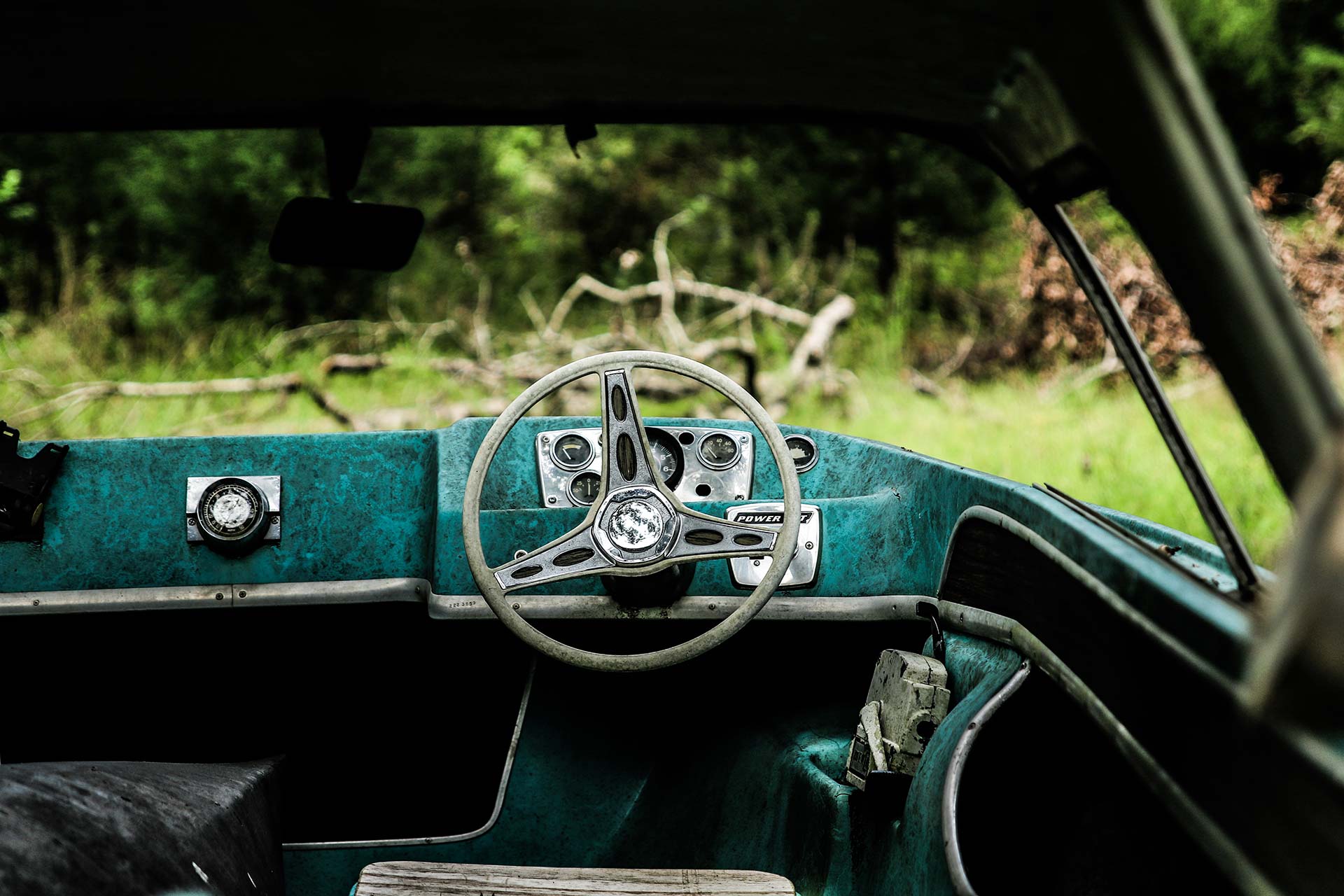Which is better for SEO: a mobile version or a responsive website design?
You can’t help but notice that a sizeable portion of overall traffic comes from mobile devices if you run an online store or business website with analytics installed. We use our cellphones more and more to browse websites since it saves us time and makes chores easier to accomplish. This means that for you as a business owner, it is past time to address the problem of a properly operating website on mobile devices.

A mobile version of the site or an adaptive design are 2 options for optimizing an online resource for smartphones, as you will discover by doing more research on the subject.
Google rates websites optimized for smartphones and tablets higher on search results pages, which is another reason in favor of designing for mobile consumers. The pros and cons of each technique will be discussed in this article, with an emphasis on how the decision will impact how the site is promoted in search engines.
What do a mobile version of the site and adaptive design mean?
The goal of both approaches is the same: to enable visitors to access the website without difficulty on a variety of devices, including computers, tablets, and mobile phones. What kind of screen format and resolution the devices have here is irrelevant. What variations exist between the 2 approaches?
Adaptive Design
This mechanism customizes the website’s content to the device’s specifications. You merely change the design of the web resource rather than create a new version.
The user interface of a website is created in such a way that it generates various web page layouts for the various devices. So the layout of the page loads according to the device’s screen size. It provides many layouts for various screen sizes, such as 320px, 480px, 760px, 960px, 1200px, and 1600px.
It shows the size of screen layouts and shows page content for a variety of mobile screen sizes, tablet screen sizes, and many other devices. Six different pages require extra work on the part of site designers.
Mobile version
And a separate version of your project is already visible here. It is distinguished by simplicity and diminished functionality, with only the essential information that users require remaining. Visitors can now navigate easily and fast to get the information they require or to complete the necessary tasks. The prefix m, or mobile, denotes a different address for this version.
Let’s examine the benefits and drawbacks of different implementation strategies to determine whether is preferable to an adaptive layout or a distinct mobile version of the site.
What are the benefits of the site’s mobile version?
Quick download times
As we’ve already stated, extraneous functionality for mobile visitors was “discarded” when creating the mobile version, which lightens the load and speeds up the site’s display.
The responsive layout loads all of the HTML and CSS from the primary version of the site and adjusts the design for your client’s smartphone. Due to this, the user must wait until the website loads.
SEO: Google takes website load time into account when determining rankings.
Excellent usability
The online resource version becomes extremely practical and organic in a mobile environment because this strategy entails sharpening the site for mobile consumers. Your clients will feel more comfortable as a result.
The difference is that secondary restrictions for mobile users will only obstruct prospective clients from accessing the information they require if you adopt an adaptive design.
SEO: One ranking criterion is how usable a website or online resource is; if a user leaves the site soon, the usability of the site is poor.
Changes are implemented quickly
The mobile version has its distinct code, which means it’s easy to edit and make changes without affecting the desktop version.
The adaptive layout suggests that all versions of the website exist in a single environment, have the same code, and are more challenging to update.
SEO experts must deal with the code, with files like sitemaps, robots, and others, when using adaptive design or mobile development. Since these files are in a single environment, we must therefore exercise greater caution while using the adaptive design.
The freedom to decide
The proper button makes it simple for the customer to access the complete version of the website. This option is not offered by the adaptive layout, but it is not necessary given that the client may easily use the site regardless of the device he uses to access it.
The mobile version of the website has drawbacks for SEO
Specialists’ workloads have increased
The mobile version can be recognized by search engines as a replica of the desktop version. Professional SEOs employ the rel=”alternative” and rel=”canonical” meta tags to address the issue and prevent duplicate content penalties for the site. With time the demand for development has increased and that has resulted in the increase work-load for the developers.
An increase in database load
The utilization of a shared database for website versions is crucial. In any event, you won’t overlook adding a new page for the site’s mobile version, and SEO won’t suffer. Additionally, verify the accuracy of 301 redirects.
Otherwise, the user from the search could get to the internal page of the site, conditionally A, and then diverting to the mobile version of page A, go to the main page of the mobile version, causing client confusion and a potential bounce rate.
Conclusion
Which should you choose for your online store or website: a mobile version or an adaptive website design? As we can see, each method has benefits and drawbacks, so the choice should be made individually for each project in consultation with SEO experts and layout designers. For instance, tiny websites and online shops are a typically better alternatives because they use flexible design.
Delhi-NCR based Ikokas has an in-house team of designers and developers who are adept in designing websites. We incorporate cutting-edge technology in all our projects to deliver the best to our clients. Connect with us here for a discussion.



